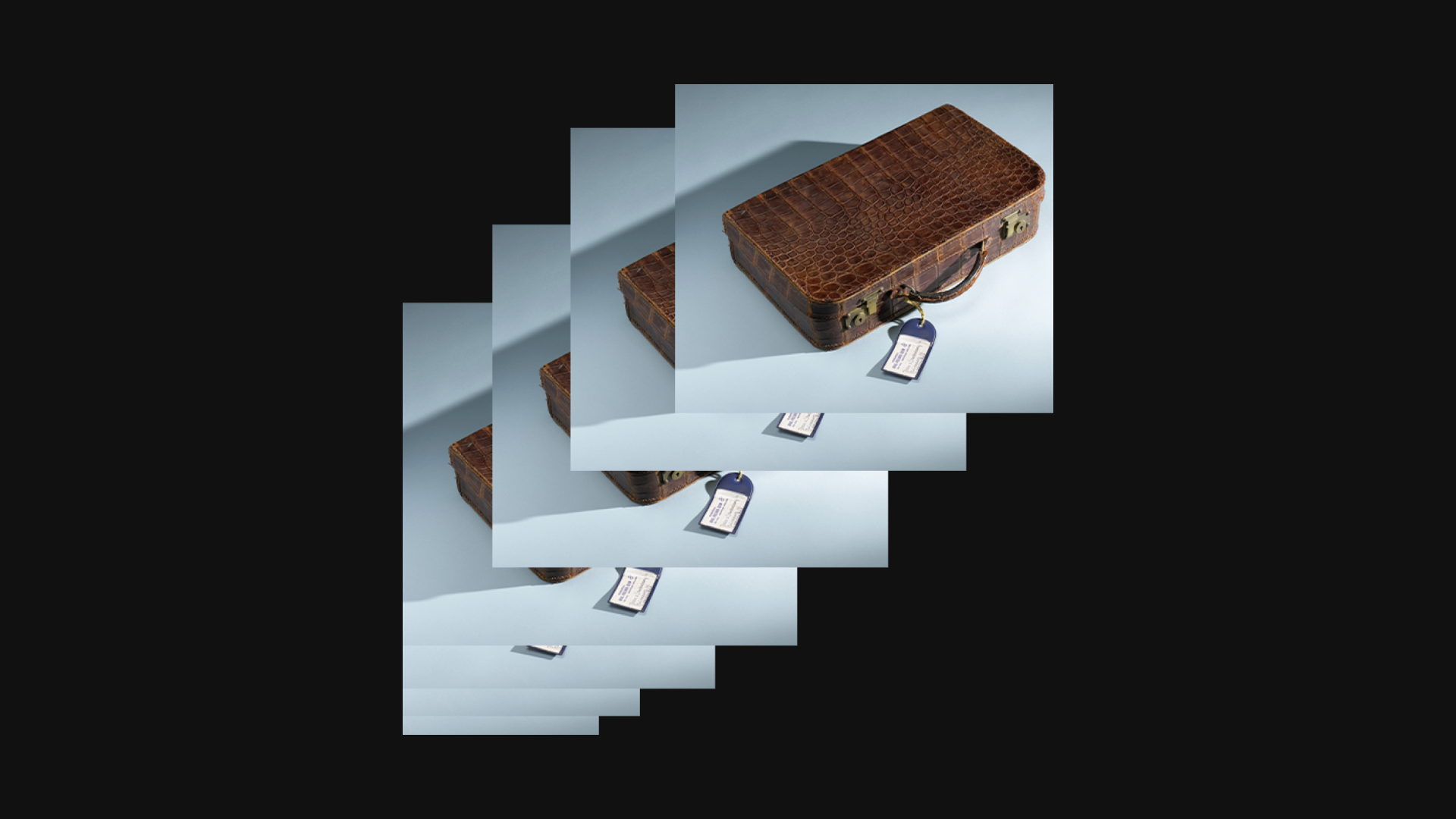Press Pause

“When does a gathering of friends begin?” asks technology and society commentator L.M. Sacasas in a recent essay. “Does it begin at 6:00 p.m., or does it begin when everyone is present, meaning both there in body and also in spirit?”
The essay, entitled Whose Time? Which Temporality? is an elegant meditation on the passing of time in our contemporary lives. Have we lost a sense of the gradual passing of moments, he asks, quoting Polish author Olga Tokarczuk on the beauty of dusk, where “the most interesting things occur, for that is when simple differences fade away” in the passing of light.
It’s a good question. After all, the ever-changing interplay of light and dark was once key to our understanding of time. But we long ago stopped paying attention to the shadows moving across a sundial because… time changed. Shadows were replaced by clocks, clocks by the amorphous perpetuity of digital time.
Now we have time management and modern mantras like “time is money.”
“There’s just not enough hours in the day,” we groan, and we only seem to think of pressing pause when it seems most urgent to do so—when our bodies and minds are yelling at us to stop; when our planet is burning; when technology threatens to spiral out of control.

PRESSING PAUSE ON BIG TECH
“Pause Giant AI Experiments” demands the headline of an open letter to stop Advanced AI’s relentless influence on our lives.
The letter cites “profound risks to society and humanity” and the concern that “AI labs [are] locked in an out-of-control race to develop and deploy ever more powerful digital minds that no one—not even their creators—can understand, predict, or reliably control.”
AI is just the latest installment in our quest for constant optimization, a form of capitalist logic that was supposed to give us back some of our existence. Almost a century ago the economist John Maynard Keynes envisioned that we would be working a 15-hour working week by now. And yet we seem to be moving farther away from that goal, not nearer, despite the same old prognostications that our future work lives will be more human.
Instead of waiting for technology to press pause on our lives, perhaps it’s time to press pause on technology and allow ourselves to embrace time in a different way. One that replaces the eternal glow of our screens with the poetic interplays of light and shadow. That lets us be present when we gather with friends.

THE ART OF SLOWING DOWN
Slow Art Day, which takes place on April 15 each year around the world, has been disrupting clock-time since 2008.
The event was created by Phyl Terry, the founder of the Reading Odyssey and founder and CEO of Collaborative Gain, when he decided to spend an hour looking at just one painting (Hans Hoffman’s Fantasia) at the Jewish Museum in New York.
The following year he asked some friends to join in, with such positive feedback that the event continues to gain momentum. Its advocates suggest that “prolonged interactions with works of art can facilitate perceptual learning,” and improve the ways that we “process color contrasts, spatial configuration, and figure-ground segregation in artworks and in everyday vision.”
Like the beauty of the passing of light at dusk, the nuances of the works only become visible when you take the time to notice them.
Slow Art Day is part of a broader slow movement—from slow food and slow travel to slow parenting and slow sex—outlined in Carl Honore’s 2004 book In Praise of Slow that shares the same aim: to resist the pressures of clock-time and its underlying emphasis on punctuality, efficiency, and eternal productivity.
This idea, in turn, has its roots in a variety of ancient traditions including Stoicism, Epicureanism, and Buddhism. Marcus Aurelius wrote in his Meditations (AD 161-180) that “Every man’s life lies within the present; for the past is spent and done with, and the future is uncertain,” while a famous quote from Buddhism suggests: “If you want to conquer the anxiety of life, live in the moment, live in the breath.”

EMBRACING VERTICAL TIME
Given the modern reality of our ever-accelerating, hyper-distracted, multi-tasking lives, it is little wonder that this idea has seen a resurgence in recent times, repackaged into books like Eckhart Tolle’s mainstream bestseller The Power Of Now (1997) and inspiring a burgeoning industry of meditation courses and mindfulness workshops.
Some people call it Vertical Time. “In vertical life, time is not a clock to get somewhere else but a companion on a journey, a presence taking us on an adventure. Vertical time is falling, falling into the arms of emptiness. We land in the great presence of the intimacy of life. The movement is inside as much as it is outside. Vertical time is tea time, a coffee break, a long walk. So much can happen with a simple cup of tea, sitting back with our coffee, on a long walk to nowhere.”
Jenny Odell, the author of How To Do Nothing, advocates for presence in her work too. She invites us to “forget hours, minutes and seconds and to live with a different set of time…” She’s authored a new book, Saving Time, and in a recent interview compared time to “the jeweler’s loupe she carries on walks around her neighborhood. A gift from a friend, the loupe encourages curiosity and looking closely at what surrounds her, decentralizing the self.”

TAKING TIME TO DREAM
Did you know the Amazonian Amondawa tribe doesn’t even have a word for time?
Other concepts of time have long existed within non-western cultures. The ancient Greeks, Hopis, and Mayas all viewed time as circular. Indigenous Australians believe in Aboriginal Dreamtime, a time long past during which the land and people were created by ancestral spirits who also made the rivers and streams, the plants, animals, and sacred places that are connected via songlines.
It might be that we in the Western world are only now catching up. It was only a century or so ago that Albert Einstein’s Theory of Relativity disrupted our notions of time by showing us that time is subjective. His fellow physicist Carlo Rovelli went further, suggesting that time might be a complete illusion.
More recently, neuroscientists have discovered that the same part of the brain is used for both remembering the past and imagining the future. Researchers can now change the clocks of qubits forward and backward to manipulate time in the quantum world, too.
And what happens to the concept of time when we dream? It seems to melt like a Dali clock, to spiral in on itself like a Möbius strip or a David Lynch movie.
Our upcoming event, The___Dream, is our own modest attempt to pause time. It will also begin when everyone is present in body as well as in spirit, in the beauty of the Sintra dusk.
There will be no temporal scheduling.
We want to meet you in the gradual passing of moments.
Where our simple differences can fade away in the passing of light.
Stay ahead of the curve
Be in the know about the latest trends, current events, and beautiful business practices at the intersection of business, tech, science, the arts, and humanities. No strings attached.
